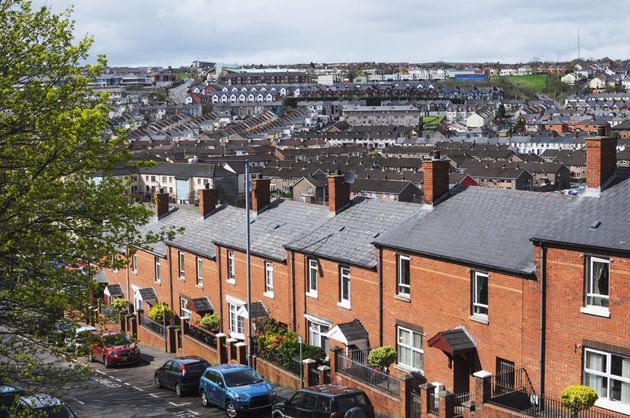
London is not a cheap place to live. This is so apparent, and often repeated, by those of us who live in the capital that it’s become the wallpaper. It’s the background hum of life in the capital; travel is expensive, pints are expensive, private rents are outrageously expensive.
But occasionally you’ll come across a statistic that throws just how expensive this city is into sharp relief. Our new research at Shelter does exactly this. It shows that private rents are unaffordable across 100% of London for working families on low wages.
There’s not one part of the capital where families in lower-paid jobs can reasonably afford to rent a typical two-bedroom home without turning to housing benefit.
In all 33 boroughs, a family taking home £27,500 per year – after tax and national insurance – would be forced to spend more than 45% of their wages on rent. In 18 boroughs this rises to more than 60%, and in Kensington Chelsea rents costs are equivalent to 127% of a family’s take-home pay. This is pure insanity.
Even in Bexley, the “cheapest” borough, a family with one full-time and one part-time worker would still have to spend 46% of their pay-packet on private rent. And that’s before even thinking about paying any other essential costs like food, bills or childcare.
Some people might shrug and say that’s just London, get over it – no one can expect to live in places like Hackney or Wandsworth anymore if they’re not earning a decent salary. But Hackney still needs its dental nurses and its mechanics. Wandsworth still needs its IT technicians and freshly qualified teachers. These are the very people we are talking about – qualified professionals who provide vital services that keep our capital running.
People who should be able to rent a typical two-bed without having to rely on our ever more chaotic and dysfunctional benefits system. Last year almost eight billion pounds of tax-payers’ money ended up in the pockets of private landlords in the form of housing benefit payments – a rise of 41% in a decade.
The lack of alternatives means housing benefit has become an essential lifeline for the hundreds of thousands of working families trapped in private renting. A lifeline we cannot do without, unless we want to see an even bigger spike in homelessness. But it is unsustainable. It makes no sense to continue haemorrhaging billions of pounds in housing benefit to private landlords every year, when the government could support families by investing in a long-term solution to the housing emergency instead.
We need all our politicians to back a sustainable plan. Wouldn’t it be refreshing if every party could be the advocates of social mobility by putting genuinely affordable, stable homes at top of their agenda.
What’s the solution? The same research proved that in stark contrast to private renting, rents in social housing are entirely, 100%, unquestionably affordable for working families on low wages right across London. The problem is we have nowhere near enough social homes right now.
When lower paid families are pushed below the poverty line, or out of London altogether, we all lose out. Those families lose access to the educational and job opportunities available in London, and London loses its workers.
If we want to keep London open for business then we need decent, secure housing that people on lower incomes can afford. A new generation of social homes in the capital can provide this. They are the best cure to the affordability crisis we face.
Polly Neate is chief executive of Shelter